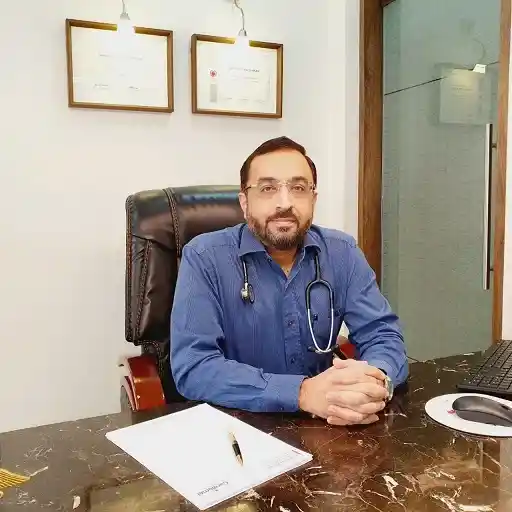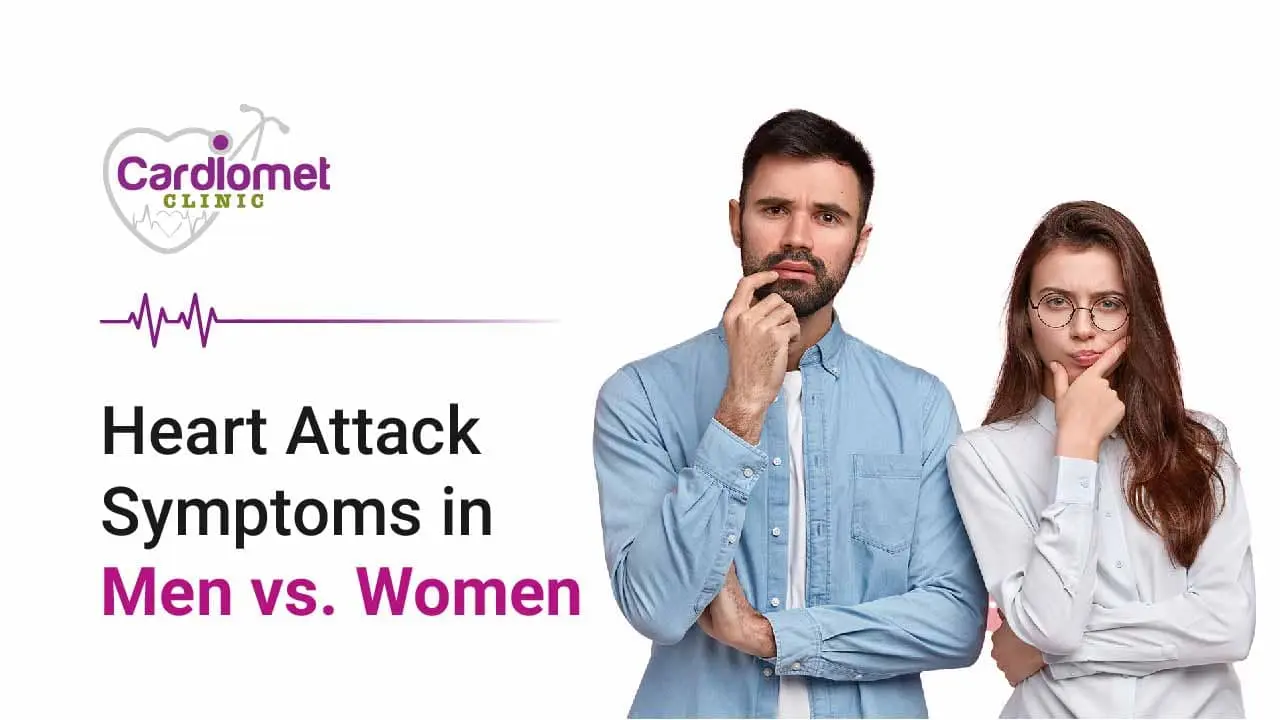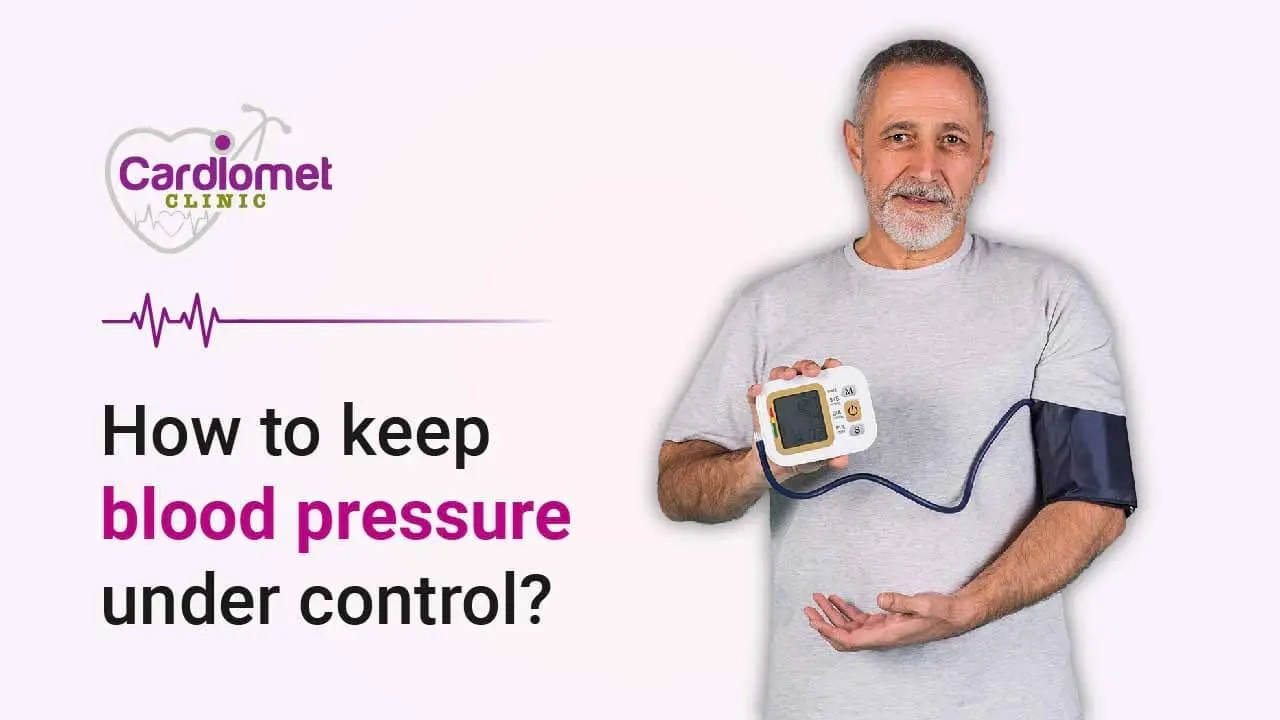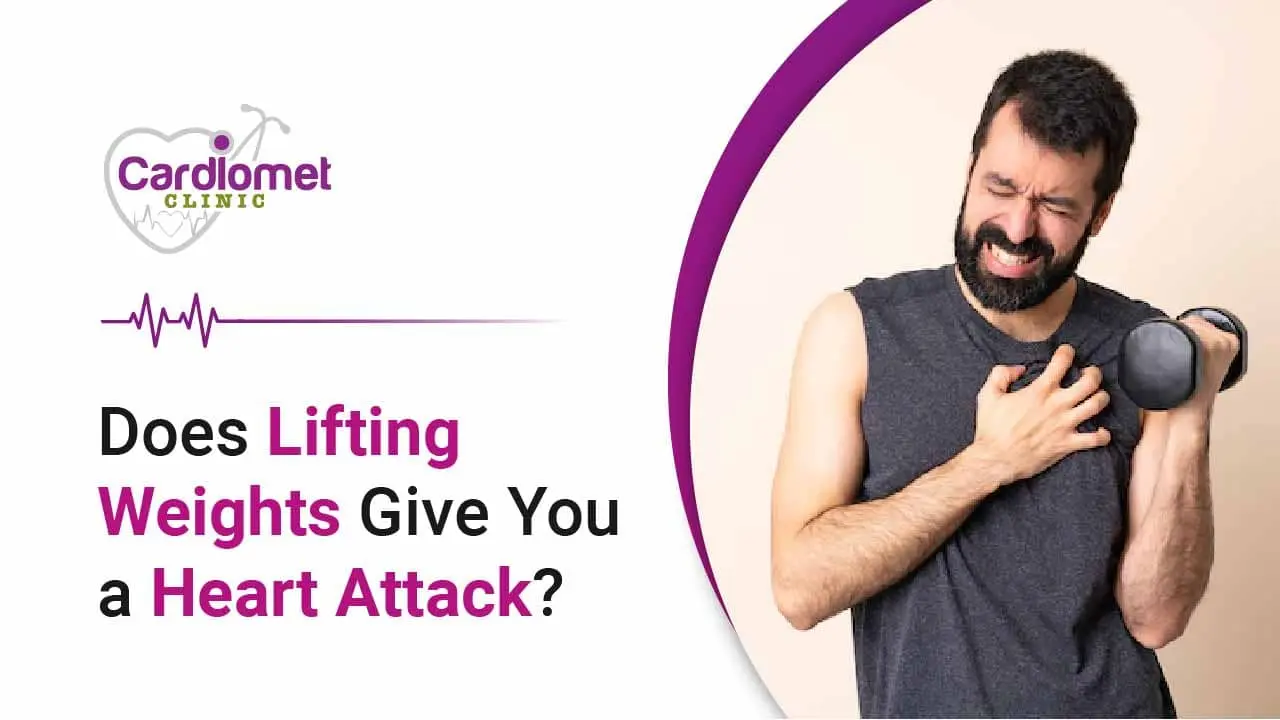Primary treatment of Heart Attacks
Primary treatment of Heart Attackṣ
There are times when we are in a situation where someone is having a heart attack in front of us. In this situation, it's very important to know about some primary treatments for Heart attacks so that you can help save a life.
In this blog, we will take a look at these primary treatments in brief. So let’s start our learning journey.

What should be the primary treatment after Heart Attack?
If you or any of your loved ones are experiencing symptoms similar to those of a heart attack, do not ignore them. It's possible that these symptoms might be of some minor health issues, but treat them as the symptom of heart attack only. This will ensure that if the condition is really a heart attack, you are able to save a life. Remember, the 1st hour after a heart attack is very important, and that's why it is known as "Golden Hour. The patient needs to reach out to the right doctor and get the best treatment. Here are a few things to remember:
- Don't let the patient exert more:
- Give the patient a Disprin tablet:
- Diagnosing the heart attack:
- Cardiopulmonary resurrection (CPR):
This is very important. Do not let the patient move too much. Make the patient sit comfortably, and if possible, give him/her a space to lie down. Turn on the fan, and if he/she is sweating, give her a towel to wipe off the sweat.
We have often seen in movies that the Sorbitrate tablet can be helpful for a person who just suffered a heart attack. This is a misconception that emerged from movies and myths. The primary treatment after a heart attack should be the Disprin tablet. Give the Disprin tablet to the patient and ask him/her to chew the tablet and swallow. If you are wondering why chewing and not swallowing whole, then there is a scientific reason behind it.
When a patient chews the Disprin tablet, its particles enter the bloodstream immediately from the Buccal Mucosa in the mouth. On the contrary, when a patient swallows the tablet, it takes time to dissolve and enter the bloodstream via the stomach.
The primary reason to use Disprin is its ability to make the blood thinner. And that's the first thing a heart attack patient needs after the attack. That's why even a cardiologist starts the treatment of heart attack with a blood thinner. Moreover, Disprin is easily available anywhere.
So the first thing you need to do is give the patient a Disprin tablet and ask him/her to chew it and swallow the powder. Say no to Sorbitrate and yes to Disprin.
There are only limited options of what you can do for a heart attack patient as a common man. The patient needs the doctor right away. So make sure you give the patient a disprin tablet, make sure the patient has no exertion and try to get him/her to the nearest hospital as soon as possible.
There are cases when the patient collapses in front of your eyes, and you do not have sufficient time to take them to the hospital. In such cases, a CPR or Cardiopulmonary resurrection can be helpful.
But remember, there is a specific procedure and steps that you have to follow while giving CPR. So make sure you give CPR only if you have knowledge about it. Otherwise, it can do more harm than good.
Wrapping up
We hope this guide on the first treatment after a heart attack will help you save someone's life. Remember, as a common man, your goal is to ensure the patient reaches the hospital as early as possible, with zero to minimal exertion. Act fast, and you can save a life.
If you need any further information on the topic, please contact our team. We are always here to assist you.




